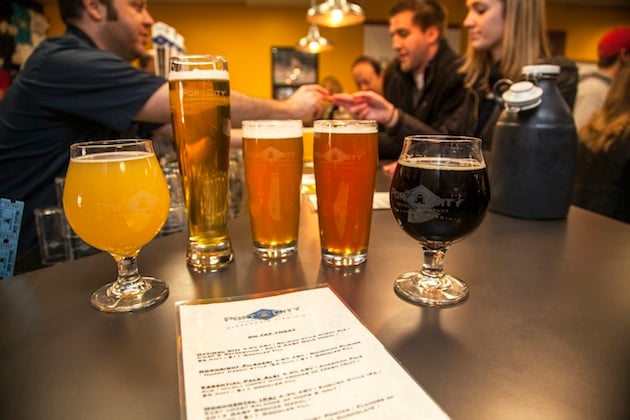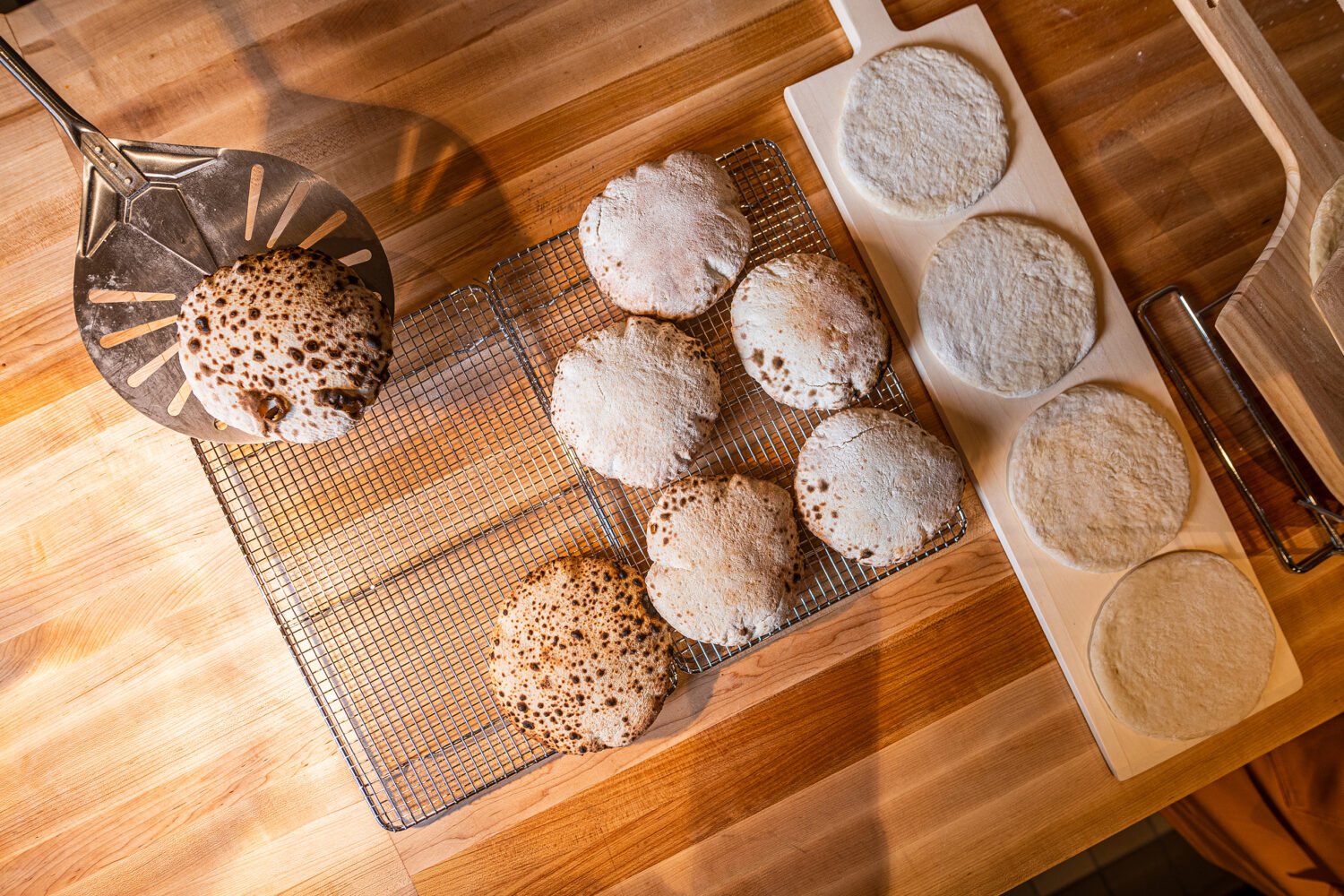Oktoberfest beers from countless breweries fill shelves and take over tap lines starting every September, but what exactly makes an Oktoberfest brew, and which out of the many should you be drinking?
Beyond some creative labeling and not-so-creative christening — Dogtoberfest, Corktoberfest, etc. — one stein of Oktoberfest-style beer is pretty much the same as another. At the Oktoberfest celebration in Munich, which draws about six million drinkers annually, only six German breweries are allowed to participate—and their seasonal brews taste strikingly alike.
All derive from a style known as Märzen. The term comes from the German word for March, when the beer was traditionally brewed, and portions were stowed away for autumnal consumption. These straightforward lagers are the baseline for what we think of as good old-fashioned beer: amber-hued, crisp on the palate, sweet with a drying hint of hops. The brews only run about six-percent alcohol by volume— all in all perfect for occasions on which beer is guzzled from liter-sized mugs, not dwelt upon and anatomized like, say, a barrel-aged sour ale.
The simple nature of Oktoberfest beers is almost antithetical to the ethic of the craft beer movement that values bold flavors, innovative recipes, and constant experimentation. And yet, Oktoberfest beers from homegrown brewers abound. Why? Maybe because as fall descends and sweaters thicken, we can’t craving a drink that’s uncomplicated and warming. American brewers tend to stick with the traditional formula, though some diversify the drinking landscape by riffing ever-so-slightly on tradition. Here are five Oktoberfest beers, from classic to crafty, to try now.
The Classic: Hacker-Pschorr Original Oktoberfest
Bavarians don’t make the most creative beers in the world, but they do know how to brew their traditional recipes to perfection. Hacker-Pschorr, one of the only six breweries allowed to serve at real-deal Oktoberfest in Munich, labels its product the Himmel der Bayern — “Heaven of the Bavarians.” With this spot-on Märzen, the brand lives up to its billing. The beer is widely available in six-pack shops.
The Local Take: Port City Oktoberfest
Port City generally eschews avant-garde brewing, instead consistently nailing traditional styles like Belgian witbier and Czech pilsner. The same holds for their Oktoberfest. Made with only German malts and hops and served unfiltered, this quaff would please even the pickiest Bavarian. Pick up a growler at the Alexandria brewery, or look for it in local stores.
The All-American: Left Hand Oktoberfest
Casual drinkers probably know Colorado-based Left Hand for its ubiquitous milk stout, but the brewery also puts out the Cadillac of American Oktoberfest beers. The recipe hits the usual points of the style to perfection—crisp, gently hopped—but a richer mouthfeel takes the doughy sweetness to more robust heights. The beer is widely available in shops, including Whole Foods.
The Imperialist: Three Notch’d Hansel & Kettle
American beer geeks have grown accustomed to big flavors and high alcohol contents. Though the traditional Märzen doesn’t tax the taste buds or the liver, Richmond’s Three Notch’d Brewery imperialized theirs, hitting it with more malts and hops to create an eight-percent-alcohol Oktoberfest beer that’s sweeter and boozier than the others. Bottles are available in Virginia at Total Wine, Whole Foods, and more.
The Game Changer: Capitol City Smoketoberfest
For anyone in need of a real change of pace from the typical Oktoberfest beer, Cap City steps in with this smoky mashup. The brew hits the palate with all the familiar Märzen notes, but then reveals the campfire and bacon flavors of smoked malts used in the brewing process. Look for it at the Capitol City brewpubs in downtown DC and Shirlington, and at their Oktoberfest celebration on October 3.


















